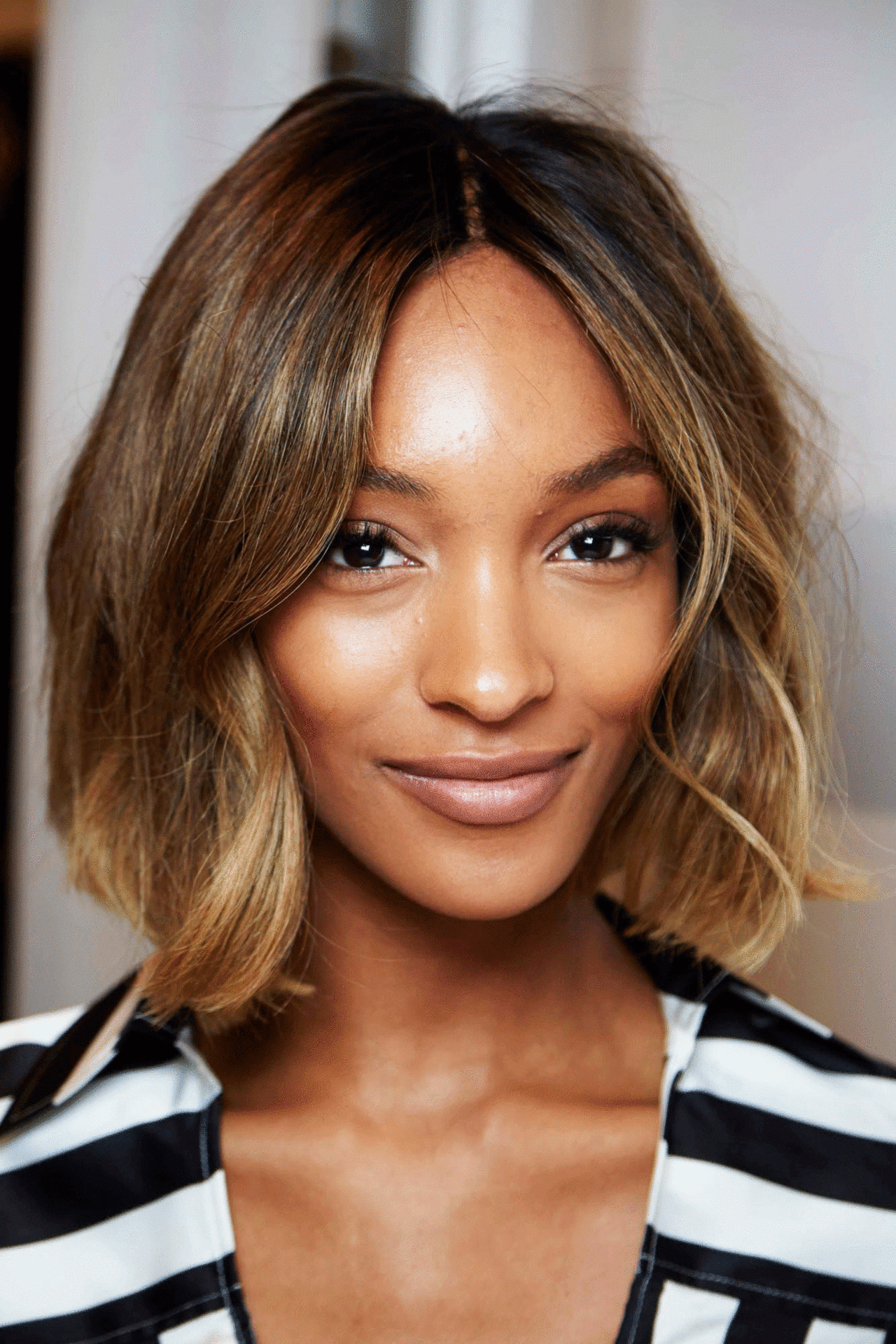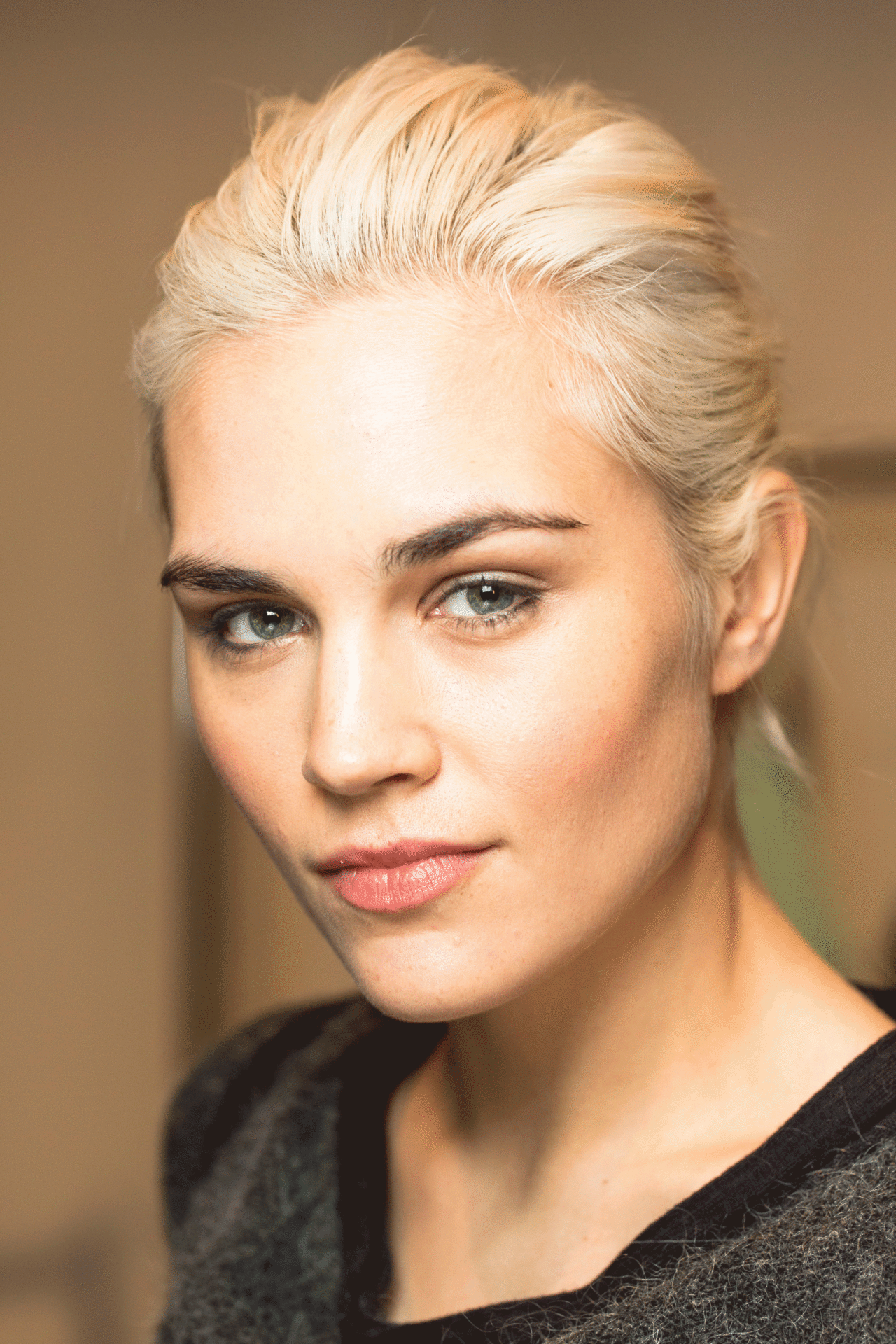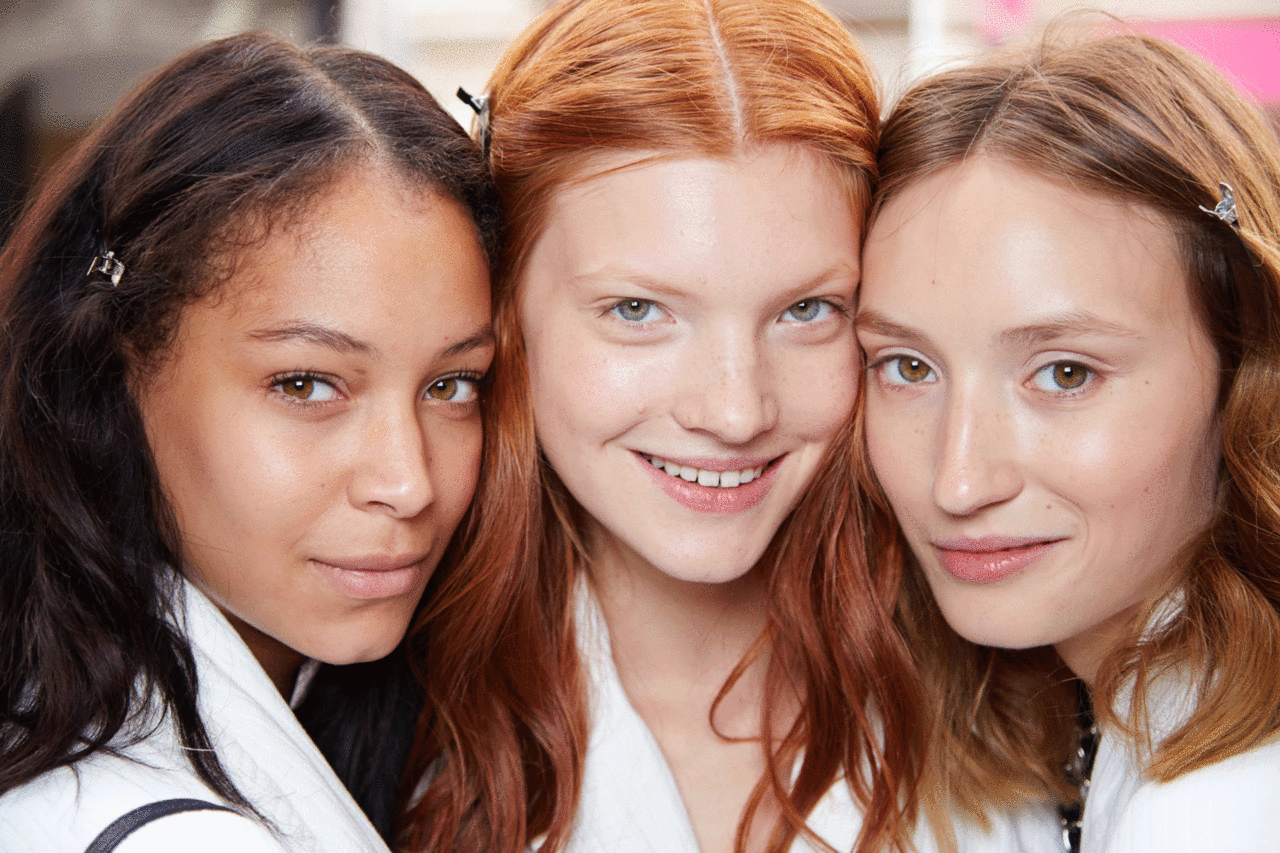How to Dye Your Hair at Home Like a Professional

Want to revamp your hair color in the comfort of your own bathroom? It’s possible to flawlessly transform your color at home if you know how to dye your hair the right way. To help, we’ve compiled advice from our favorite hair pros about every DIY hair decision, from all-over color to subtle highlights.
Whether you’re going platinum blonde or pixie dust purple, there’s one hair color rule that always remains the same: Always follow the directions on the dye box. Experts say not doing so is a top reason women wind up at the salon for pricey fixes. So, read the back of the box, and study up on our additional tips for how to apply hair color yourself in the following goof-proof guide.
How to Dye Your Hair All Over

To get the exact results you want, pore over the “before” shades on the box labels when shopping—and make sure your starter color is a match.
Step 1: Don’t wash hair for two days before you dye—you want your scalp’s natural oils to act as a barrier against irritation, says Clairol Professional celebrity colorist Kiyah Wright. If you have super-sensitive skin, add a packet of Sweet’N Low to the dye to help stop the drying effects of ammonia.
Step 2: Do a strand test first by applying color on a small section. This will help you work out timing. Your hair texture will factor in here: The finer it is, the faster it’ll lighten—you may need five to 10 minutes less than the box says; if you have coarse or dry hair, you can go by the recommended time.
Step 3: Read, reread, and follow the box instructions to a T. (Exception: Don’t apply color from roots to ends in one go; see step 4.)
Step 4: This tip helps get even color every time when you’re dyeing your whole head: First, apply dye a half-inch away from your scalp and work toward ends (the heat from your head makes the color develop faster at the root). Then, halfway through the processing time, go back and cover your roots. When applying the dye, use a color brush to get more professional, precise results.
How to Highlight Your Hair

The trick for that naturally sun-kissed look? Choose a kit that’s only one shade lighter than your base color, says NYC celebrity colorist Rita Hazan.
Step 1: Once you’ve done a strand test and read the instructions (see All-Over Color, steps 1 through 3), blow-dry, style, and part hair as you normally would. This will help show off which pieces to highlight.
Step 2: Here’s where you want to ignore the directions slightly. Instead of pulling out random strands, do this: Starting at the front and working back toward your crown, section out 10 quarter-inch-wide pieces a quarter of an inch apart. Don’t space them evenly though; the most natural-looking highlights are asymmetrical.
Step 3: Use a toothbrush (it’s more precise than a kit’s brush) to apply the solution from roots to ends. To prevent color from bleeding, prop each piece up away from your head with a cotton ball.
Step 4: Let the dye sit for the amount of time indicated (if you’re nervous, rinse one piece five minutes early and check the color). Wash and finish with a clear gloss treatment to help seal the color and boost shine. One we love? Rita Hazan Ultimate Shine Gloss in Clear ($26, sephora.com).
How to Dye Your Hair Blonde (or Blonder)

First of all, let’s get one thing straight: dying your hair more than 1-2 shades lighter at home is risky business. If you’re going for a dramatic hair transformation, it’s best to leave this to a professional, otherwise you risk seriously damaging your hair.
However, if you’re already blonde and you just want to go a little lighter, it can be achieved at home. (Brunettes and redheads, get thee to a salon!)
Step 1: Before you do anything, follow the first three steps listed in the All-Over Color section. Then, starting at the back of your head and working forward, apply the solution, keeping it one inch away from your roots. Massage the color in so every strand is covered.
Step 2: Let it sit for 20 to 30 minutes, but check the progress every five to 10. Don’t be alarmed if you see a tinge of red; hair exposes in stages as it lightens, says Robinson.
Step 3: After 30 minutes, apply the rest of the solution onto roots, and time for an additional 10 to 30 minutes, depending on how light you’re going.
Step 4: Rinse a strand above your ear and gently pull on it to make sure it doesn’t break. If it does, rinse your hair immediately and follow with a protein mask. If hair still has a golden tint, leave the dye on for 10 more minutes. If the color looks good, rinse with warm water, then shampoo your hair and condition.
What to Do If You Hate Your New Hair Color

Fret not: here are some ideas for how to fix (or, at least, improve) every color mishap. The things you’ll need on hand: a clarifying shampoo, a conditioning mask, and a few pantry goods.
If your hair is too dark…
Wash it immediately, says Wella Professionals celebrity colorist Jennifer J. If it’s far too dark, mix a tablespoon of baking soda (which acts as a mild detergent) with a clarifying shampoo like Pantene Truly Natural Clarifying Shampoo ($5, walgreens.com) and let it sit on wet hair for five minutes. Or apply olive oil to damp hair, wrap it all up in a shower cap, and place a hot towel over it. “The heat opens up the cuticle just enough to let a few dye molecules slip out,” she says. Follow with your regular shampoo ASAP.
If it’s too light…
You’re going to have to add more dye. For hair that’s just a little too pale, choose the next shade darker than the one you started with, and apply it only on the areas you think are too faint. Leave the color on for half the time indicated on the box, and keep checking to make sure it doesn’t go too far. If hair is way too light, see a pro.
If it’s brassy…
You’ll need to tone down your hair’s warm tint. If you used semipermanent dye, try a lavender-hued shampoo like Clairol Professional Shimmer Lights Shampoo ($13, sallybeauty.com) for the next few days. If you went with a permanent formula, paint a shade that’s two tones darker just on the orangey spots. Next time, go for cooler tones with a blue base.
If it turned green from dyeing (or it was exposed to chlorine)…
Try washing the tint out with a clarifying shampoo or a deep treatment mask like Wella Professionals Enrich Moisturizing Treatment ($15, ulta.com) right away. If that doesn’t do the trick, rinse hair with ketchup. The red counteracts the green, and the acidity helps neutralize the reaction. Then make sure to study up how to protect your color before jumping in the pool.
How to Make Your Hair Color Last

Use the right products.
“Treat hair the way you would your skin,” says L’Oréal Paris’ Kari Hill. Translation: Use a sulfate-free, color-preserving shampoo and conditioner, and stick with alcohol-free (the label will say) stylers that won’t dry hair out. Here’s a foolproof guide that’ll help you make sense of the ingredients on your shampoo bottle.
Shampoo less often.
Water is hair color’s worst enemy, so on the days you can, skip washing altogether and blast roots with dry shampoo (find the best one for your needs here). On the days you can’t, use as little shampoo as possible, or better yet, rinse hair with warm water and use just conditioner.
Mask it.
Commit to using a deep conditioner once a week to keep hair hydrated and soft. Afterward, let air-dry if possible.
Do a glaze.
Think of color-enhancing glosses as a topcoat for your hair—they add shine and deposit a transparent coat of color. Try a lightweight formula like one of these every week.
Protect against UV.
Easy: Wear a broad-rimmed hat to prevent the sun from bleaching the color. When you can’t, spritz hair with a UV protectant like Bumble and Bumble Surf Infusion ($29, bumbleandbumble.com) 30 minutes before heading out.
Thinking about heading to the salon instead? Check out the most common salon mistakes could sabotage your cut or color.

